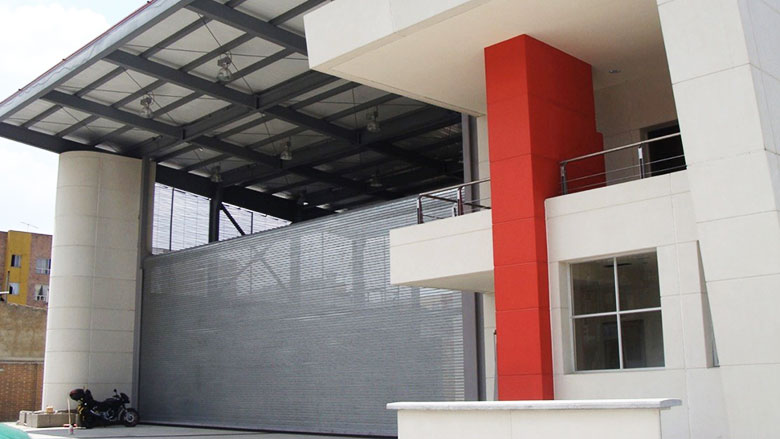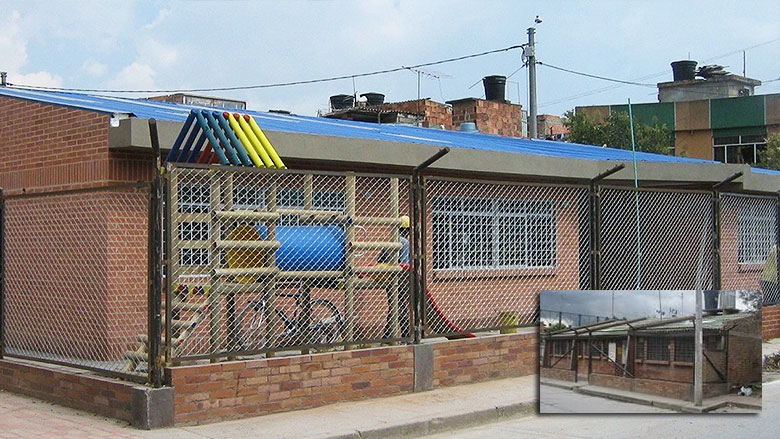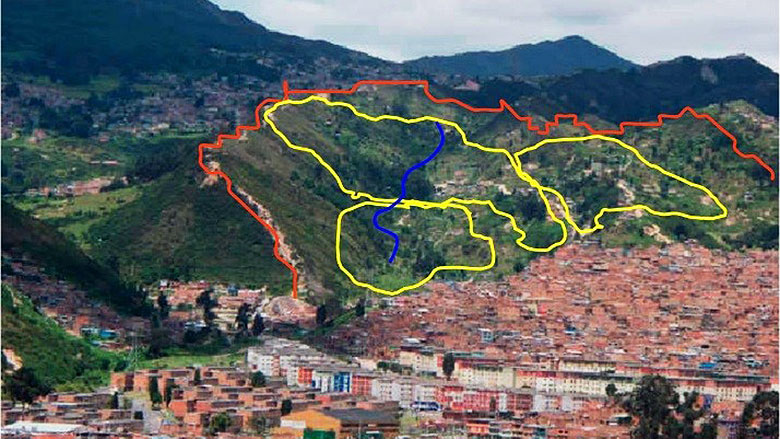Challenge
With around 7.7 million inhabitants, and 26 percent of national GDP, the Capital District of Bogota is by far Colombia’s largest concentration of economic activity, yet it is also located in a region prone to earthquakes, floods, and landslides.
Modeling exercises financed during project preparation estimate that a major earthquake occurring in Bogota could result in losses in excess of US$10 billion with serious social and economic repercussions on both human welfare and the national economy.
Although Bogota had already attained important elements of a disaster management system, reducing the city’s exposure to adverse natural events remained challenging.
Solution
Based on close collaboration between the Bank and the Government of Bogota, project design emphasized:
- (i) risk identification and reduction,
- (ii) nstitutional strengthening,
- (iii) risk mitigation, and
- (iv) financial coverage for risk management.
The Government and the Bank built a solid partnership on disaster risk management, which has ensured continuous technical and financial support and close collaboration free from political changes in the District.
The adoption of local environment policies and construction guidelines for all new constructions in Bogota safeguarded the effort on retrofitting and reconstruction of key public infrastructure.
The project represented one of the more innovative experiences in addressing urban risk reduction through a multi-faceted approach. It also represented an opportunity to move away from a focus on emergency, reconstruction and deferred maintenance finance, towards a comprehensive disaster risk management. In particular, this intervention was the first disaster risk management experience at sub-national level in the region.



